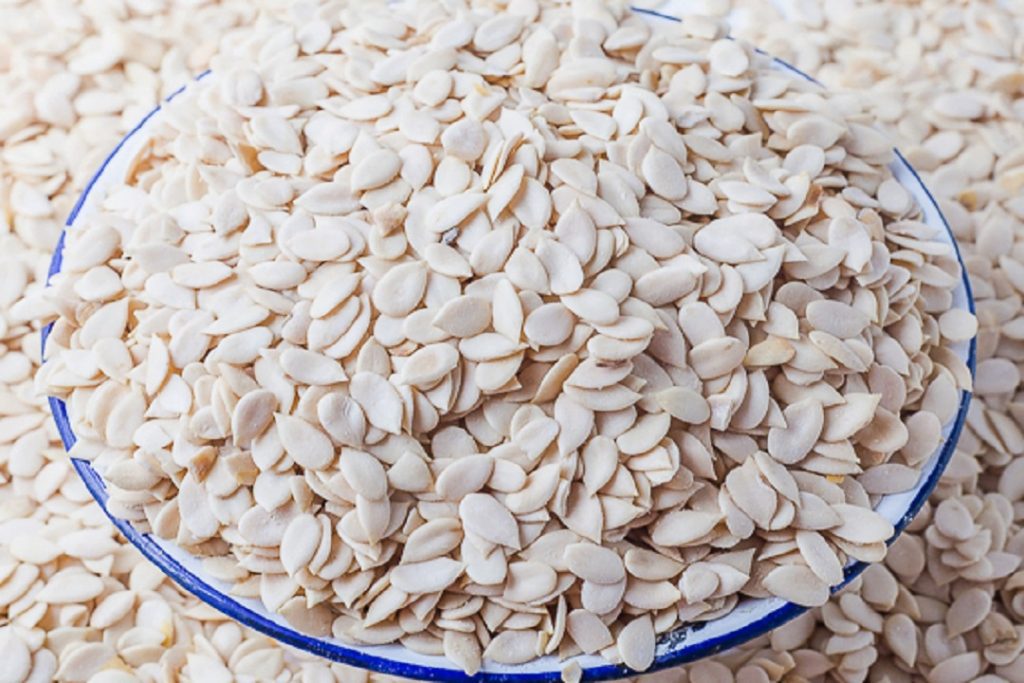Is Nigeria’s instant noodle craze losing its flavour?
For years, noodles have been a go-to meal across many Nigerian homes. Quick, easy, and
budget-friendly, they’ve become a staple, especially among students and busy families. In fact,
Nigeria ranks among the world’s top ten instant noodle consumers, slurping down over 3 billion
servings each year, according to the World Instant Noodles Association.
But the tide is turning. Rising health concerns, price hikes, and shifting dietary trends are
nudging people to rethink their noodle obsession. A recent wave of anxiety swept across the
country over reports that some imported noodles contained ethylene oxide, a chemical linked to
cancer. The National Agency for Food and Drug Administration and Control (NAFDAC) moved
swiftly, assuring the public that noodles produced locally, like the popular Indomie brand, were
safe. But the damage had been done. Between the health scare and rising prices, the hunger
for a better, healthier, and homegrown alternative was growing.
Enter cassava noodles.
In the heart of West Africa, something exciting is cooking. Researchers and food innovators in
Nigeria and Ghana are quietly developing what could be Africa’s biggest contribution yet to the
global instant noodle market—noodles made from cassava.
Cassava is no stranger to African kitchens. From garri and fufu to abacha and tapioca, this
starchy root is a dietary cornerstone. Nigeria alone is the world’s largest producer of cassava,
according to the Food and Agriculture Organization (FAO). Yet, until recently, its use in modern
food products like noodles had been largely untapped.
Cassava-based noodles could be a game changer.
First, there’s the nutrition angle. Unlike traditional wheat-based noodles, cassava noodles are
naturally gluten-free, making them ideal for people with gluten intolerance or celiac disease.
They also have a lower glycemic index, which could make them a better option for managing
blood sugar levels.
Then there’s the local economy. With cassava being grown in abundance across the continent,
producing noodles from this crop could significantly reduce dependence on wheat imports.
That’s a big deal, especially in times of economic strain when foreign exchange pressures make
imported raw materials more expensive.
The innovation is being led by several local actors, including IITA (International Institute of
Tropical Agriculture) and forward-thinking agri-food startups. These organizations are not only
experimenting with recipes and processing techniques but also exploring how to scale
production for mass consumption. The goal is clear: create noodles that taste great, cook fast,
and are made almost entirely from what Africa already grows.
But the big question remains—are Africans buying into it?
So far, cassava noodles are still in the early stages of public adoption. Some experimental
batches have hit local markets and exhibitions, earning curious glances and cautious praise. In
some kitchens, particularly among the health-conscious and nutrition-savvy, they’re gaining
ground. But it’s not just about replacing noodles in Nigerian homes. These cassava noodles are
also being positioned for export, tapping into the global demand for healthier, gluten-free
options.
Still, with the right push—from branding and distribution to price and taste—cassava noodles
could very well be the next big thing. Not just as a healthier twist on a fast-food favourite, but as
a symbol of Africa reclaiming its food systems, turning a humble root into a powerful solution.
In the face of rising population growth, climate challenges, and food insecurity, Africa doesn’t
just need more food. It needs smarter food. Cassava noodles represent that shift—blending
tradition, innovation, and sustainability in a way that could redefine what the world thinks of
when it thinks of instant noodles.
The future of noodles might just be wrapped in cassava. And it may very well be African.


